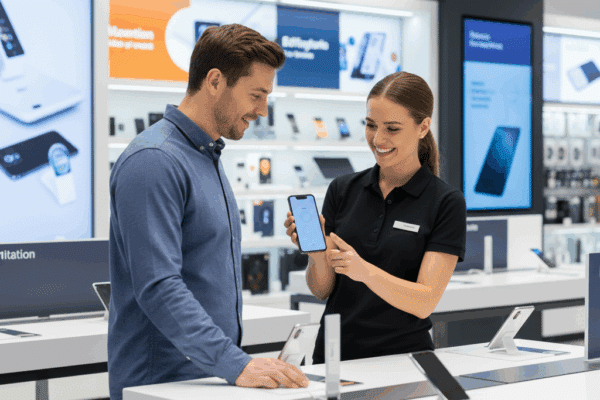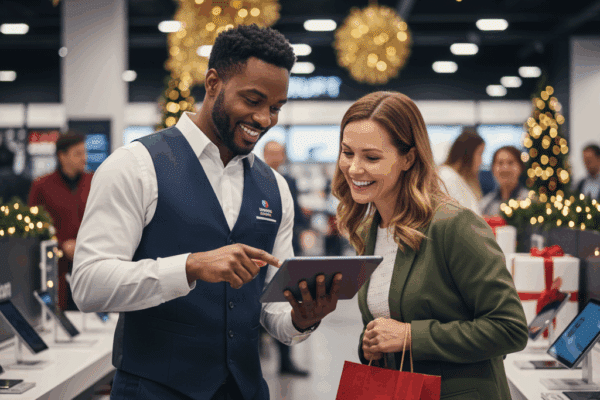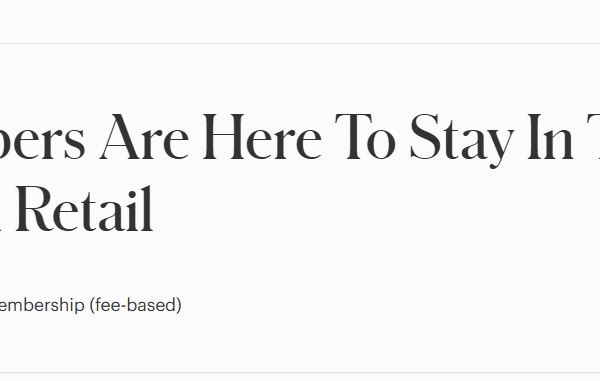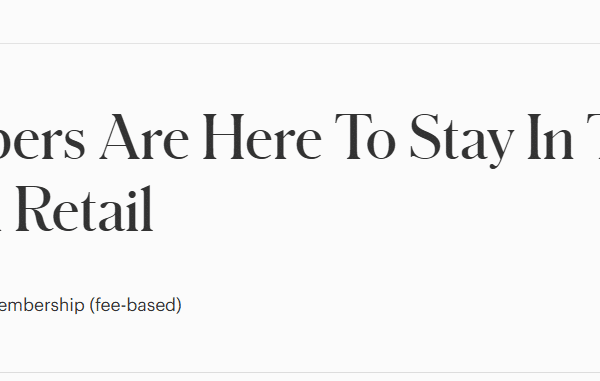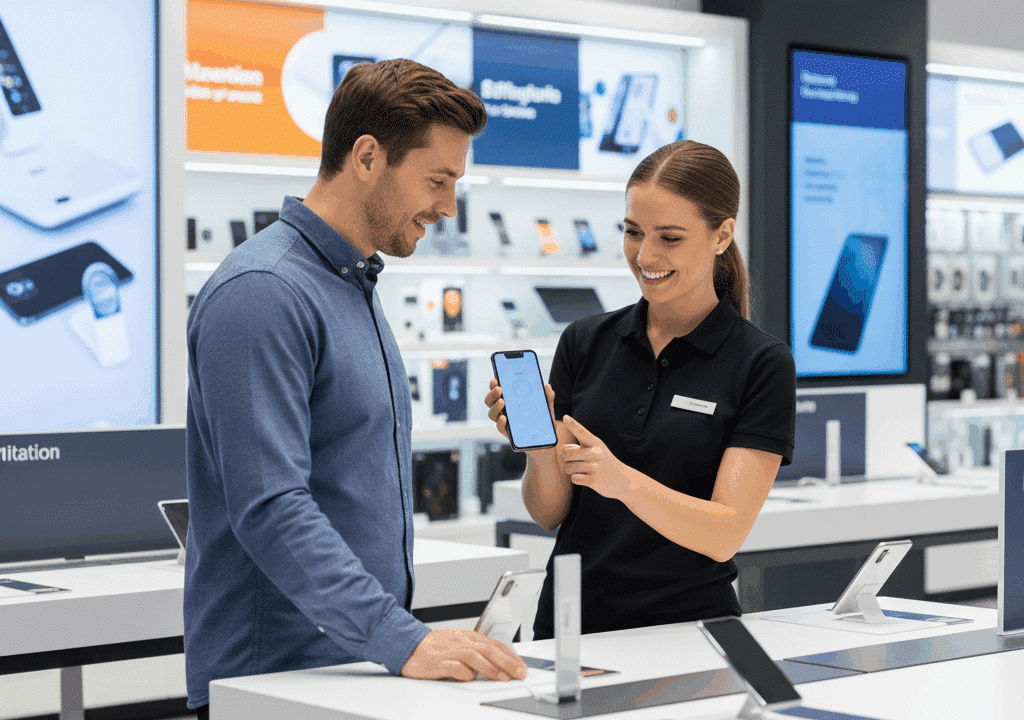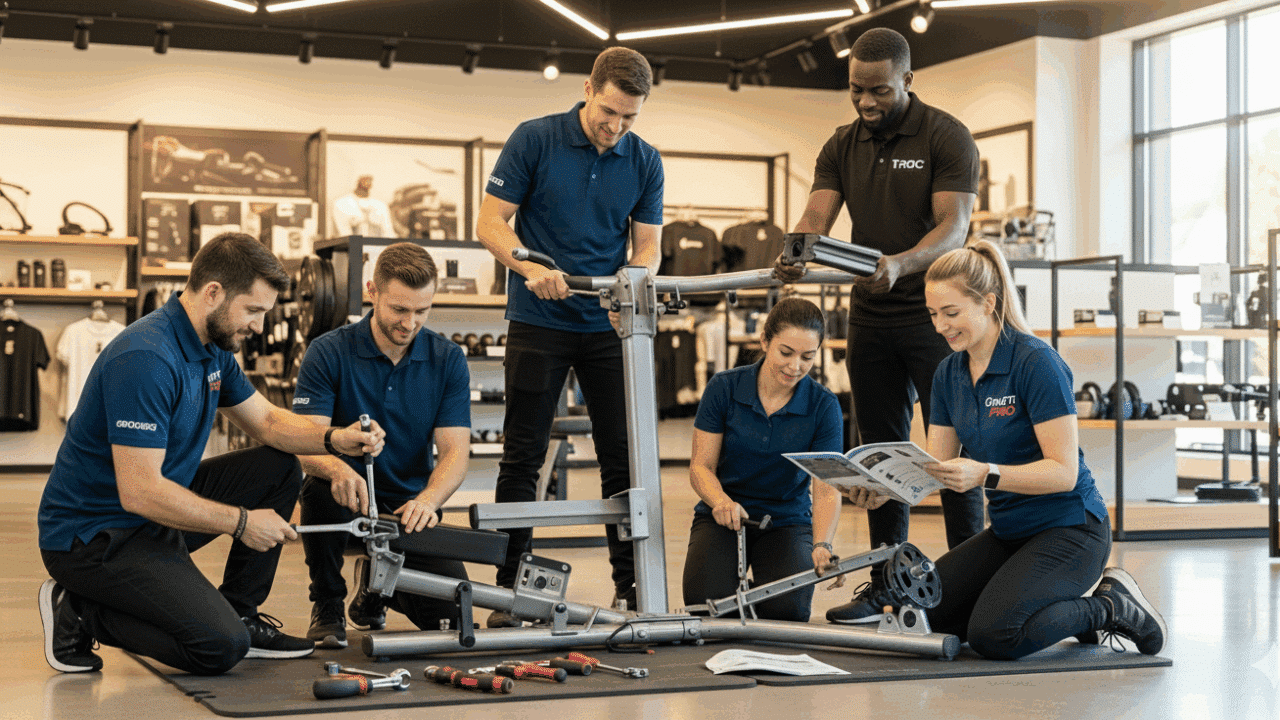
5 Key Metrics Every Mystery Shopping Program Should Track
Mystery shopping is one of the most powerful tools retailers have—but only if it’s done right. Sending shoppers into stores to evaluate the experience is nothing new, but what separates brands that thrive from those that struggle is knowing exactly what to measure. Without the right mystery shopping metrics, businesses risk drowning in vague feedback, missed opportunities, and guesswork instead of getting clear, actionable insights that drive real improvements.
That’s where data-driven mystery shopping makes all the difference. By focusing on the right key performance indicators (KPIs), brands can pinpoint operational strengths, uncover weaknesses, and take meaningful action to improve customer satisfaction, employee performance, and sales.
So, how do you ensure your mystery shopping program is actually working for you? Here are five key metrics that every retailer should track—and how they can make a game-changing impact on your business.
1. Employee Engagement and Customer Service Quality
Let’s be real—your frontline employees make or break the customer experience. A shopper can love your products, but if the service is poor, that’s the only thing they’ll remember. Measuring employee engagement and customer service quality is a must for any mystery shopping program.
But what does great service actually look like? It’s not just about whether employees say hello or smile—it’s about:
-
How well they know the products—Do they answer questions confidently?
-
How proactive they are—Are they just standing behind the counter, or are they helping customers find what they need?
-
How personal their service feels—Are they making customers feel valued, or just rushing through transactions?
Tracking these factors can reveal gaps in training, show who your top performers are, and highlight areas where additional coaching is needed. It’s not about micromanaging—it’s about setting teams up for success and ensuring customers walk away happy.
Want to know how real mystery shopping programs are transforming customer service? Check out this guide on improving customer experience through mystery shopping.
2. Store Cleanliness and Visual Presentation
No one wants to shop in a messy, disorganized store. In fact, 64% of consumers say they’ve left a store because it wasn’t clean or well-maintained (Intouch Insight).
Mystery shoppers help assess:
-
Overall cleanliness—Are floors, shelves, and restrooms in top condition?
-
Merchandising & displays—Is the store set up to be visually appealing?
-
Ease of navigation—Can customers quickly find what they’re looking for?
This isn’t just about aesthetics—it directly affects whether customers stay, browse, and buy. A well-kept store signals professionalism and attention to detail, making shoppers feel comfortable and confident in their purchasing decisions.
Want to know how top brands maintain pristine store conditions? Read our insights on how mystery shoppers ensure retail excellence.
3. Compliance with Brand and Company Policies
One of the biggest challenges for multi-location retailers is keeping everything consistent. If a customer visits your store in Miami and then one in Chicago, the experience shouldn’t feel like night and day.
Mystery shopping is a powerful way to ensure company policies and brand standards are being upheld, including:
-
Sales & promotions—Are employees promoting current offers the right way?
-
Dress code & professionalism—Does staff appearance reflect brand expectations?
-
Compliance with legal regulations—Are age-restricted sales being handled correctly?
Tracking compliance metrics helps businesses spot inconsistencies before they become bigger problems. It ensures that every location delivers the experience customers expect—no matter where they shop.
Want to see how leading retailers maintain consistency across all stores? Explore our mystery shopping solutions.
4. Speed and Efficiency of Service
Nobody likes waiting in long lines or searching for help. If customers feel like getting assistance takes forever, they’ll take their business elsewhere. In fact, 90% of shoppers say that “immediate response” is a key factor in whether they buy from a brand (HubSpot).
That’s why speed and efficiency are critical mystery shopping metrics to track. Key factors include:
-
Response time—How quickly are customers greeted and assisted?
-
Checkout speed—Are lines moving at a reasonable pace?
-
Order fulfillment—For curbside pickup or online orders, how long do customers wait?
If service isn’t fast and seamless, it’s time to adjust staffing levels, improve workflows, or enhance employee training.
Discover how retailers are using mystery shopping to optimize service speed. Check out our expert insights here.
5. Customer Satisfaction and Overall Experience
At the end of the day, if customers aren’t happy, nothing else matters. The best way to measure this? Mystery shoppers provide an unbiased view of what real customers experience every day.
The most valuable customer experience metrics include:
-
Net Promoter Score (NPS)—Would the shopper recommend your store?
-
Pain points—What areas need improvement?
-
Memorable moments—What stood out in a positive way?
A high customer experience score means you’re winning in the areas that matter most. A low one? That’s a signal to rethink processes, improve training, or enhance store conditions.
See how brands are using data-driven insights to boost customer satisfaction. Learn more about mystery shopping success stories here.
Mystery Shopping That Actually Moves the Needle
A mystery shopping program is only as good as the metrics it tracks. Focusing on service quality, store conditions, policy compliance, speed, and customer experience ensures that every insight leads to real improvement.
At T-ROC, we don’t just provide data—we help businesses turn insights into action. Whether it’s through AI-driven evaluations, real-time analytics, or expert retail guidance, we ensure that mystery shopping is more than a checkbox—it’s a strategy for success.
Looking for a smarter way to track and improve store performance? Let’s talk about how we can elevate your retail strategy.

